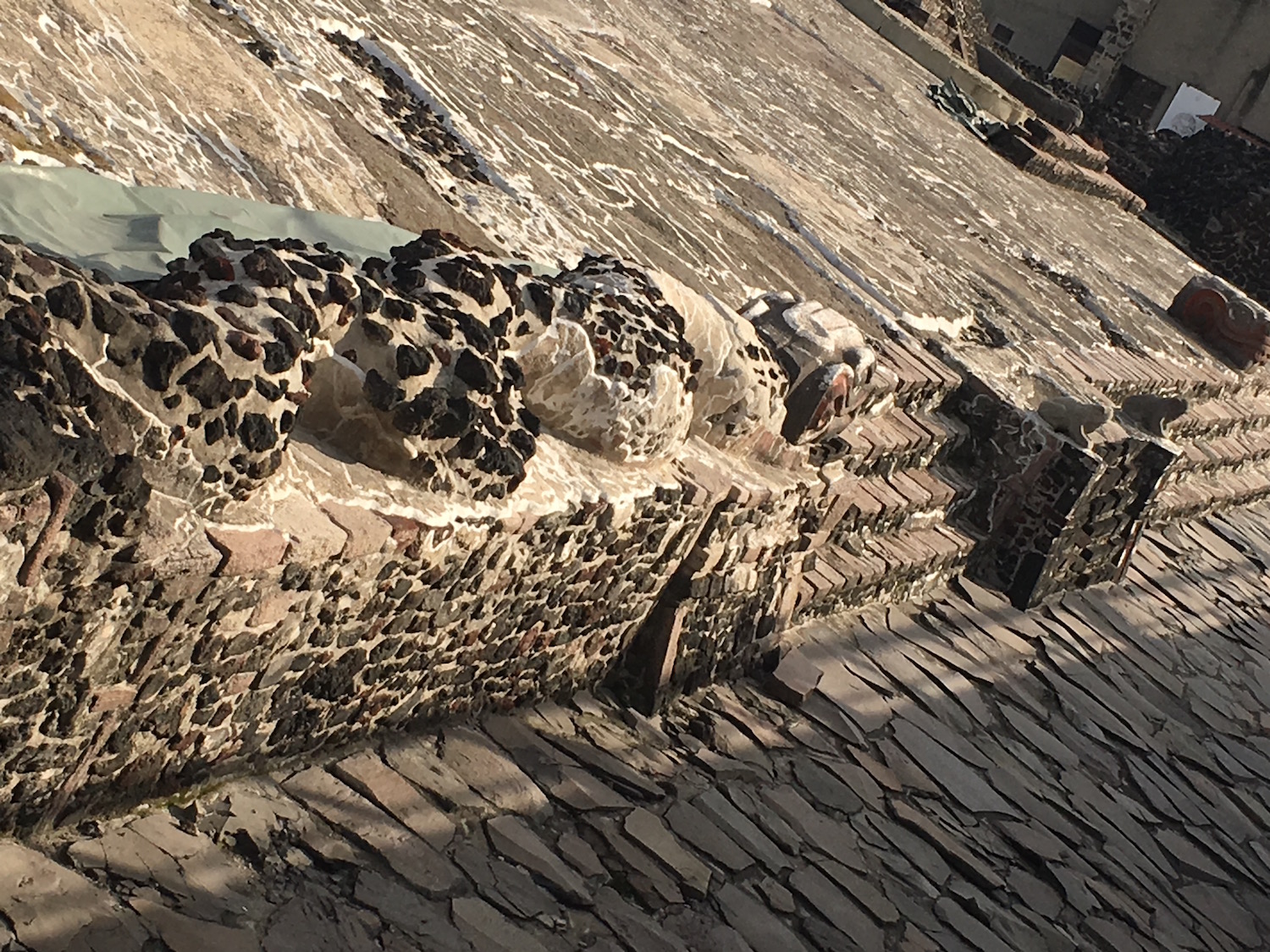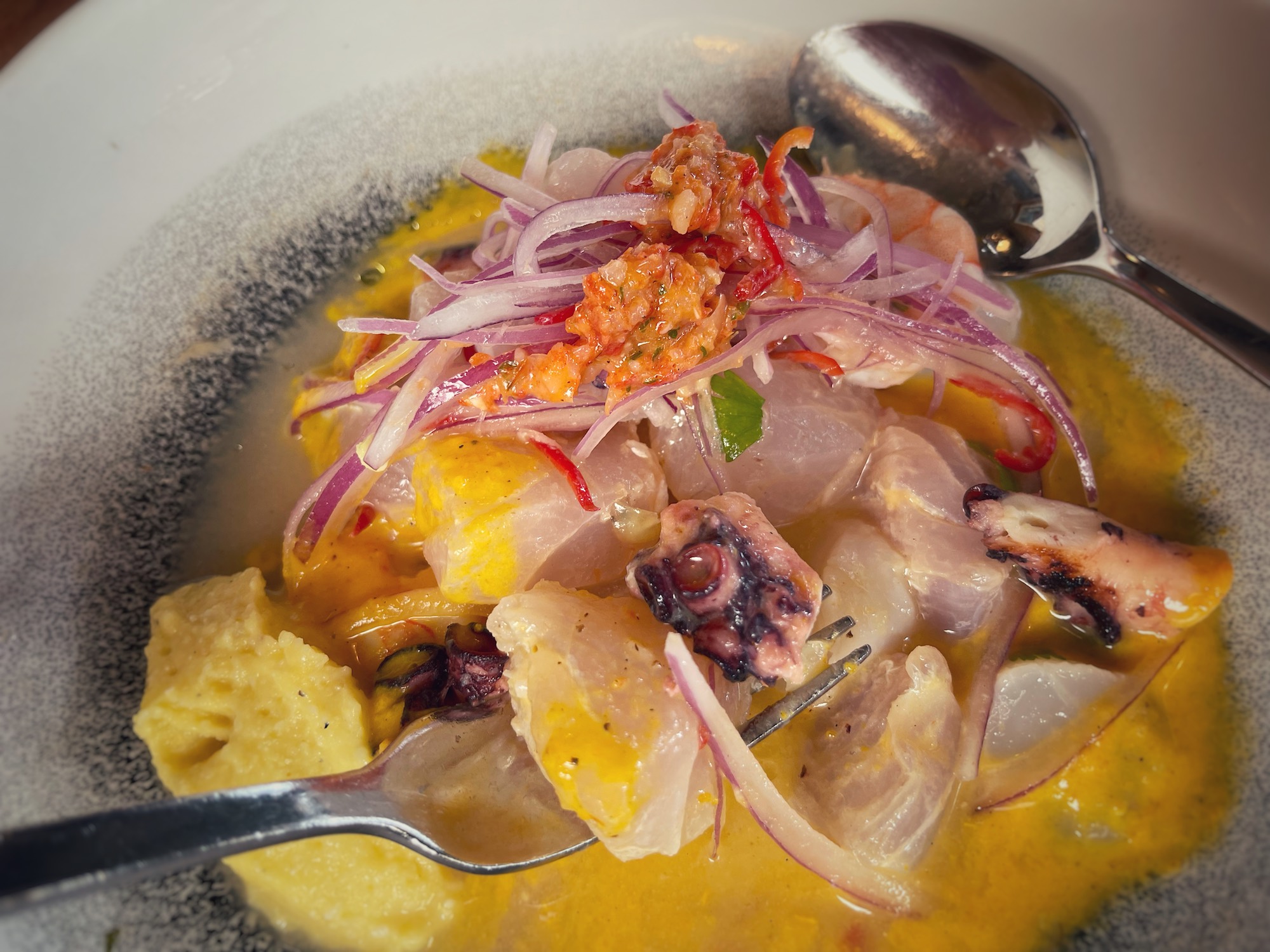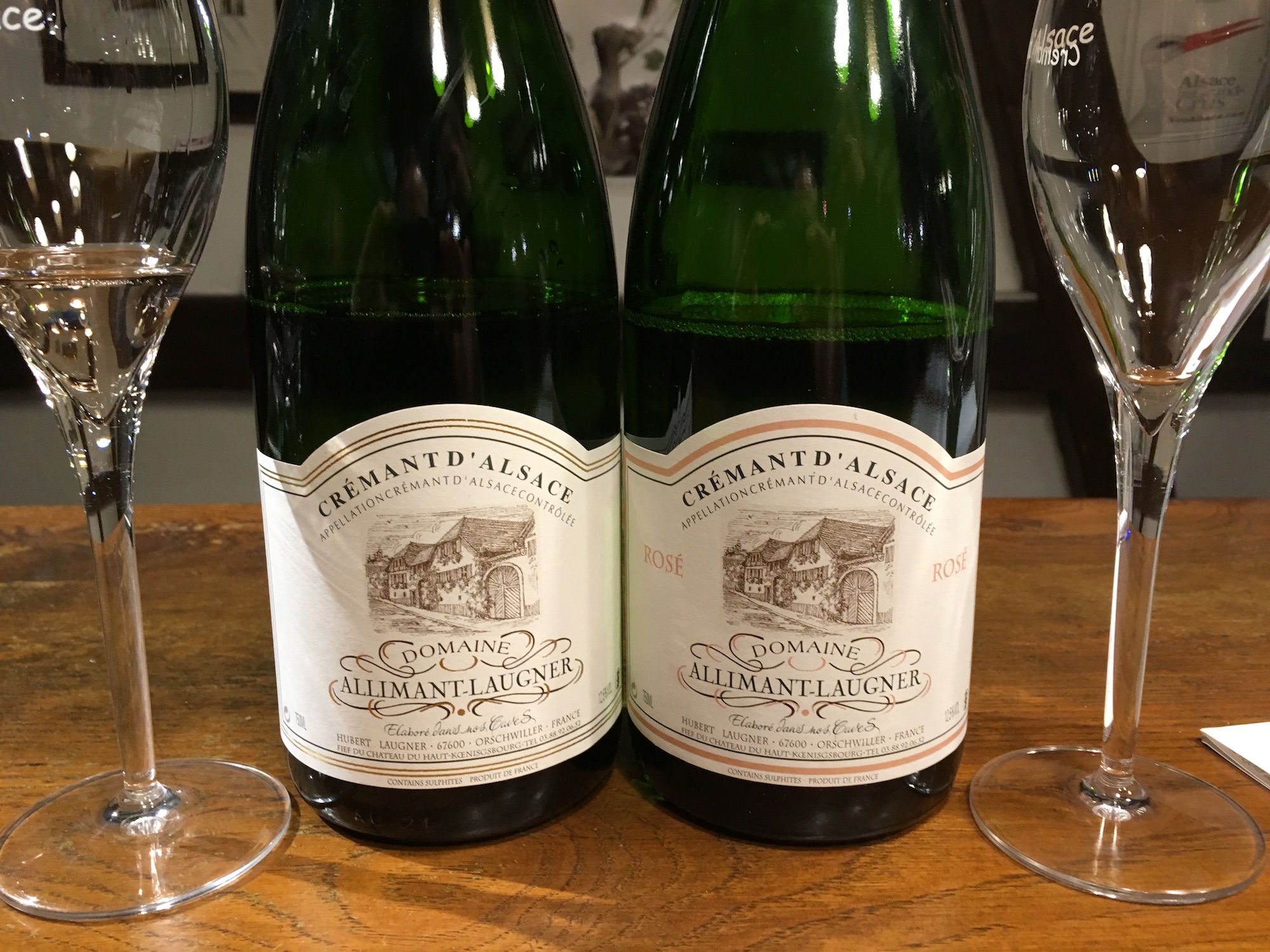Mexico City, wow what a city. 20+ million people, a dramatic, tragically beautiful history, a vibrant and rich culture, a shining culinary scene, among many other qualities. Mexico City is often overlooked for more tropically scenic and relaxing locales in this geographically diverse country, with some reason. Ciudad Mexico (CDMX as it is abbreviated throughout the city) is not exactly a relaxing destination. This is a city that will challenge your senses and awaken your spirit. And yet it will not challenge your wallet by any means. If you are interested in culture, cuisine, museums, pyramids, mezcal, colorful food markets and vibrant and bewitching arts and crafts, Ciudad Mexico should be on your list for at least once in a lifetime. In CDMX you are not sitting on the beach with a margarita, no. This is a destination that requires action, focus, and energy.
A week in Ciudad Mexico will barely suffice with the sheer variety of possibilities. Fortunately I am genuinely captivated by the history of the MesoAmerican cultures, the Aztec specifically, and the story of the Spanish conquest. Several years ago I had studied the Mayan culture with great interest, and eventually made a six-week trek to Guatemala, Honduras, and Chiapas Mexico to visit their ruin cities. My interests gradually transitioned northward to the Aztec, partly because there are more thorough and reliable historical accounts of the culture. Additionally the conquest of Mexico by Hernan Cortez is a tale of such intrigue and bravado, it simply commands your attention.
CDMX was on my list for quite a while, as here you can indulge these historical interests fully. Before the conquest, CDMX was the Aztec capital of Tenochtitlan. Today the modern city is literally built on top of the former Aztec capital. Discoveries underground of foundations and relics have been made consistently over the decades, causing excavation, restoration and renewed interest in preserving what remains.
Up until the 1500s the entire region was in fact a lake bed, with Tenochtitlan occupying a small island. Access was only by manmade causeways. The city was expanded with manmade canals and plots for agriculture. All around the shores of the lake were other satellite cities of rival tribes and adversaries. In the center of the city, the grand Templo Mayor sits as a central landmark. The enormous crumbled ruins were rediscovered and excavated 1978. You can see the the carved serpents at the base of the grand staircase, as well as other original carvings. The ground here is sloping significantly at every angle from settling, a glaring reminder of the soft earth upon which the city was built.
My first full day in CDMX I was joined by an acquaintance and resident of Ciudad, Florencia. She was kind enough to show me around for a couple days and visit the top tourist sites of the city. We started by grabbing breakfast in the Condesa neighborhood where I was staying. This neighborhood, as well as Roma next door is sprinkled with outdoor patios, restaurants and cafes. We then embarked on a long walk to the Centro Historico, the tourist and commercial epicenter of the city. Here you will find the Zocalo square, and The Palacio des Belles Artes for example. During my visit in early December, Christmas season was in full swing. The Zocalo is an enormous square where a variety of events and concerts are held, but during my visit is was occupied by an ice rink and several decorative Christmas trees.
Around the corner from Zocalo Square is the Templo Major, the ruins of the original central temple complex of Tenochtitlan. As you see in the photos, it is mostly just a pile of rubble. But as someone who has studied some of the Aztec history here, the significance of this site is beyond measure. And this is where it becomes a marvel to behold. Moctezuma and Cortes stood on these grounds. Sacrifices were made here, massacres took place, shamans worshipped the gods and prayed for agreeable weather to support their agriculture. Right on this very spot.
By the evening we were exhausted and ready for drinks and dinner. And it’s great to be with a local, because they usually know the best restaurants! So we headed to Casa Azul, just a few blocks from Zocalo. This was a splendid restaurant, with plenty of charm in addition to exquisite yet simple classic Mexican dishes; and according to Florencia, the best tortilla soup in the city. They had a broad selection of mezcals and Mexican craft beers, which definitely rival any microbrew from the U.S. The server was a sweet guy who did not speak a work of English, which I found to be the case with most Mexicans throughout my trip. He gave us a lesson in Mezcal, none of which I understood.
You would think tequila is a popular adult beverage here in Mexico, but that is arguable. Mezcal, a cousin of tequila, is actually seeing a rebirth. There are numerous distilleries which do not export to the United States, and so as Americans we have limited exposure to all the delights Mexico has to offer. Craft beer is a big thing, with crisp and rich varieties of IPA and lagers that could rival any American microbrew.
Coyoacan is a charming neighborhood south of the city that is steeped in political, literary, and art history. A peaceful residential enclave that celebrates it’s individuality, you will find a mix of tradition and trendsetting bohemian. Here you will find Mexican families strolling around, taking lunch, and enjoying snacks and ice cream in the many lively plazas. Coyoacan also has the former home of the original conquistador, Hernan Cortez himself.
The most popular tourist destination in Coyoacan will be the Museo Frida Kahlo. This was the epicenter of the bohemian history that saw the likes of Leo Trotsky, Frida Kahlo, and her artist husband, Diego Rivera. Cortes called Coyocoan home after the conquest.
I had asked Florencia what markets she recommended for a little shopping, and she mentioned Lagunilla. On Day 3, a Sunday, I decided to visit Lagunilla in the north part of the city. It was less than impressive, and perhaps had some interesting antiques, but not what I was looking for on that day. It also turns out to be directly adjacent to Tepito, which is one of the most crime filled ghettos in the city. Not a place you want to be wandering around lost, which is almost what happened to me.
I then had a market tour with a lovely young local lady named Evelyn. This turned out to be a delightful highlight of my trip. Like I said you need the assistance of a local to help expose you to some of the interesting aspects of the City, and Evelyn did just that. We wandered into food markets that I would never has visited otherwise. There was a market that also sold a wide variety of live animal, including geese, cats, adorable, neglected puppies, turkeys, rabbits, chickens, and the occasional leopard. I was advised not to photograph here. Everywhere throughout these markets were the ceremonial material expressions of the traditional customs of witchcraft and voodoo. A variety of decorative skeletons, statues, candles, and other objects. For the Mexicans, every object seems to have the capacity to be imbued with a spiritual force. You can have floor soap, and you can also have floor soap that has been blessed with supernatural qualities, that will bring good luck and address your prayers.
The Museo di Anthropologia in Mexico City is one of the best museums I have ever visited. It encompasses the entire history of Mesoamerica from the earliest settlements thousands of years ago to the culture present day Mexico. The museum is immense and cavernous, and has an almost sacred ambience. There are enormous halls divided into time periods represented by the broadest historical civilizations: Olmec, Toltec, Maya, Aztec, Teotihuacan, etc. The images below are from a sampling of those cultures, but mainly Aztec. A lot of the pottery and architecture is similar throughout Mesoamerica.
Thirty miles northeast of Mexico City lies Teotihuacan, a sprawling and well preserved pre-Aztec city that was mysteriously abandoned around 700AD. The dry climate has helped to preserve the structures of the city, most notable of which are the two main pyramid structures, Pyramid of the Sun and Pyramid of the Moon. (Fun fact here, the Sun pyramid is the third largest in the world; the largest in the world by volume exists in Cholula, another Mesoamerican city southeast of Ciudad Mexico.)
 One of the most fundamental and impressive features of Teotihuacan is the architectural order and integrity of the city’s layout. The main avenue of the city is the Avenue of the Dead, which at more than a mile in length, runs north-south. Many temples line the avenue, which indicates it was probably a center for the noble and elite and religious leaders of this society.
One of the most fundamental and impressive features of Teotihuacan is the architectural order and integrity of the city’s layout. The main avenue of the city is the Avenue of the Dead, which at more than a mile in length, runs north-south. Many temples line the avenue, which indicates it was probably a center for the noble and elite and religious leaders of this society.
On another day I decided to get out into the countryside a bit, and take some relief from the hectic congestion of the city. I joined a group hike and we headed out to Volcano Iztaccihuatl. We had a friendly group with travelers from all over. The altitude was significant, though I am not sure the exact elevation. Being from Colorado I am used to hiking in thin air, but this was noticeably strenuous. Wikipedia puts it 17,343 ft, though I don’t believe we were this high. Two reach the summit is a multi-day through hike which was beyond the goal of our one day excursion. This area was also in fact the route the Cortez and his men took as they made their way to Tenochtitlan. The climate is cool and dry, and the records of their journey reflect the freezing temperatures and trying conditions.
And on my last day, I dined at an amazing seafood restaurant called Contramar in the Roma neighborhood. The restaurant was bustling and fully crowded by the jetset of Ciudad, business people and generally well off families and groups. I probably would not have snagged a seat at the bar had I not been solo. As usual, the server did not speak a word of English, though at least they had a menu in English. The food was exquisite. I was stuffed and happy.
I was giggling at how affordable it all was as well. I had three dishes, including two appetizers and a main dish, and two micheladas, all came to under $40.



























Leave A Comment